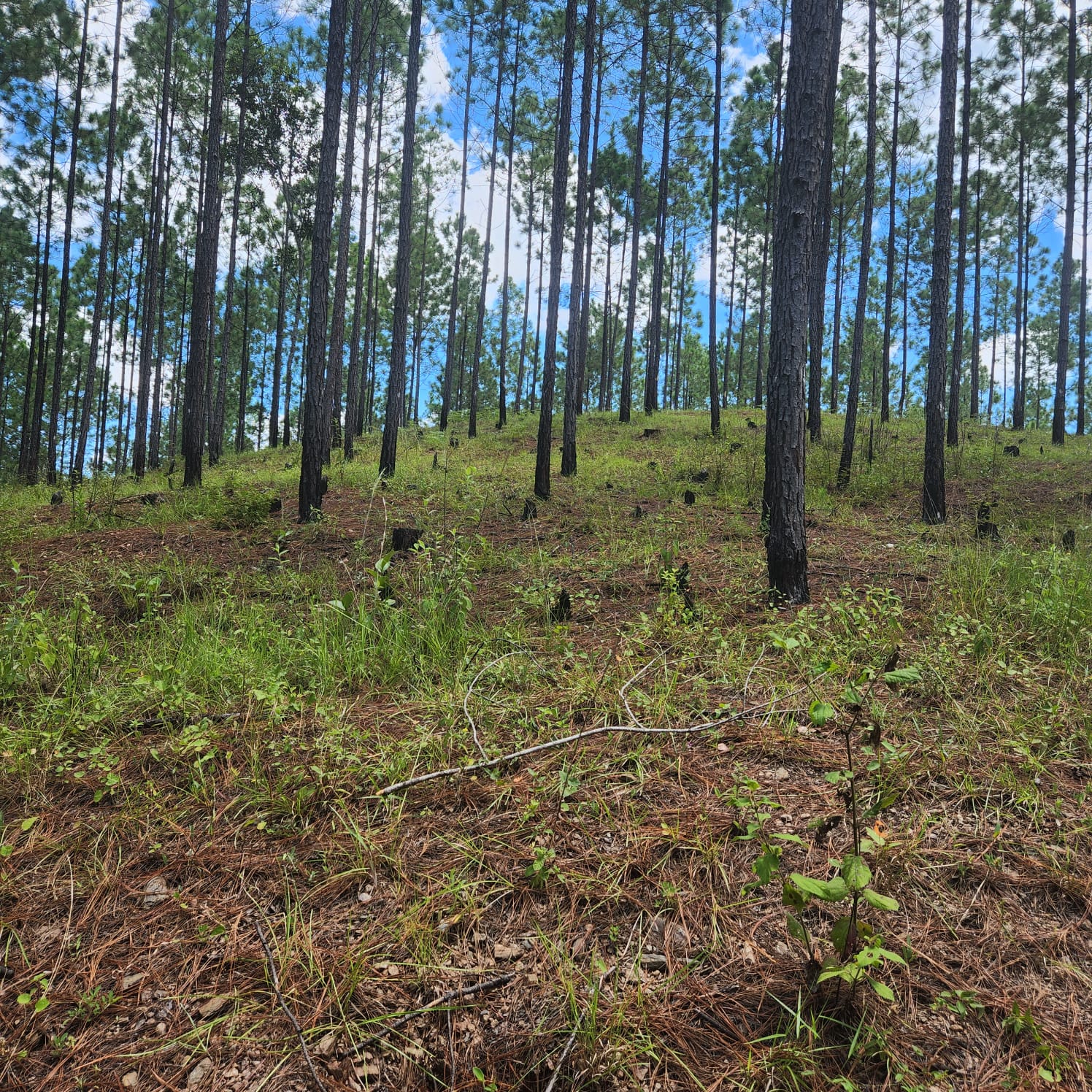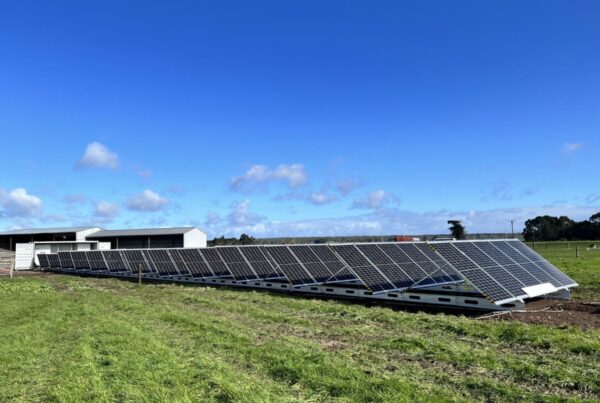REAL ASSETS ADVISER – OCTOBER 1, 2023: VOL. 10, NUMBER 9
Timber investment has evolved from a purely financial instrument to a better financial instrument that provides higher liquidity and a path forward for reforestation. It’s a powerful combination. Along the way, it can make a big contribution to the economies in remote locations that have limited opportunities for economic development.
Traditionally, timberland investments were limited to projects developed for timber harvests, feeding timber-related product markets such as lumber and other construction materials, pulp and paper, and bioenergy fuels. Investments in timber in this capacity are generally utilized to diversify investors’ portfolios and are largely sought after for their propensity for steady growth and subsequent capacity to hedge against inflation.
Historically, timberland investments have been limited by their low liquidity, with an average lock-up period of between 10 and 15 years. However, in the past decade, the emergent carbon market redefined forestry investments. Now, carbon credits can be derived from reforestation projects dedicated to carbon sequestration.
The carbon credit feature adds a new dimension to timber investments’ appeal. Prior reforestation projects were largely detached from economics. The carbon market connects forest investments to a global trading market and provides a ready source of liquidity that simply did not previously exist.





